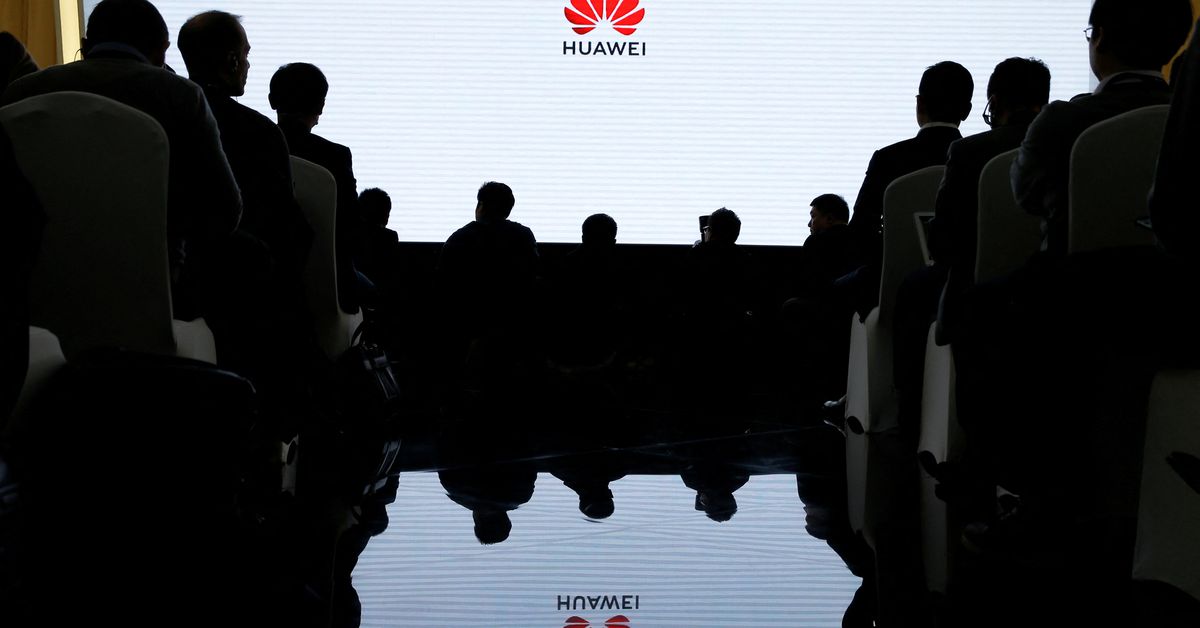It’s not clear to me what the end game is. Supposedly, we don’t want China to be able to make 7 nm chips since those are useful in advanced military applications. So the sale of EUV machines to China is blocked. But now it seems they can make 7 nm chips without EUV. The yield is lower, so supposedly the EUV ban has an impact. But military applications don’t care about yield since the volumes are much lower than mass market products. So what exactly is being accomplished? Is it just a matter of conducting general harrassment against Chinese industry to kneecap their economy? Or is there some clearer aim than that?
All of this is media trying to translate the new cold war into terms people who grew up in the pre-AI world can understand, to bring the public along with policy they wouldn’t otherwise grasp.
The truth that the national security people on both sides understand is that ASI is coming and whoever builds it first has a good shot at essentially winning the IRL tech victory, and the only way to defend against ASI is your own ASI. Whoever has the most, best chips has the best ASI.
If the Chinese or US build one unchallenged that’s it. That really is the end of history. So they are both going to do everything in their power to slow down the other and accelerate their own progress.
ASI?
“Artificial Super Intelligence”
It’s a meaningless buzzword that has nothing to do with what is going on right now in the real world.
Because AGI wasn’t trendy enough 🙄
Not sure what that guy or you are talking about. AGI and ASI are both accepted industry terms in this space. You also don’t need AGI to have ASI - a paperclip maximiser is ASI - that’s why it’s a powerful weapon.
ASI are both accepted industry terms
Doubt. Never heard ASI before, and googling the acronym doesn’t turn up anything relevant on the 1st page.
Here you go champ: https://en.m.wikipedia.org/wiki/Superintelligence
“offered no information on the power of the chipset inside”
“unexpectedly unveiled the latest Mate 60 Pro smartphone last week”
“during U.S. Commerce Secretary Gina Raimondo’s visit in China”
I’m not convinced yet that this was made entirely in China.





